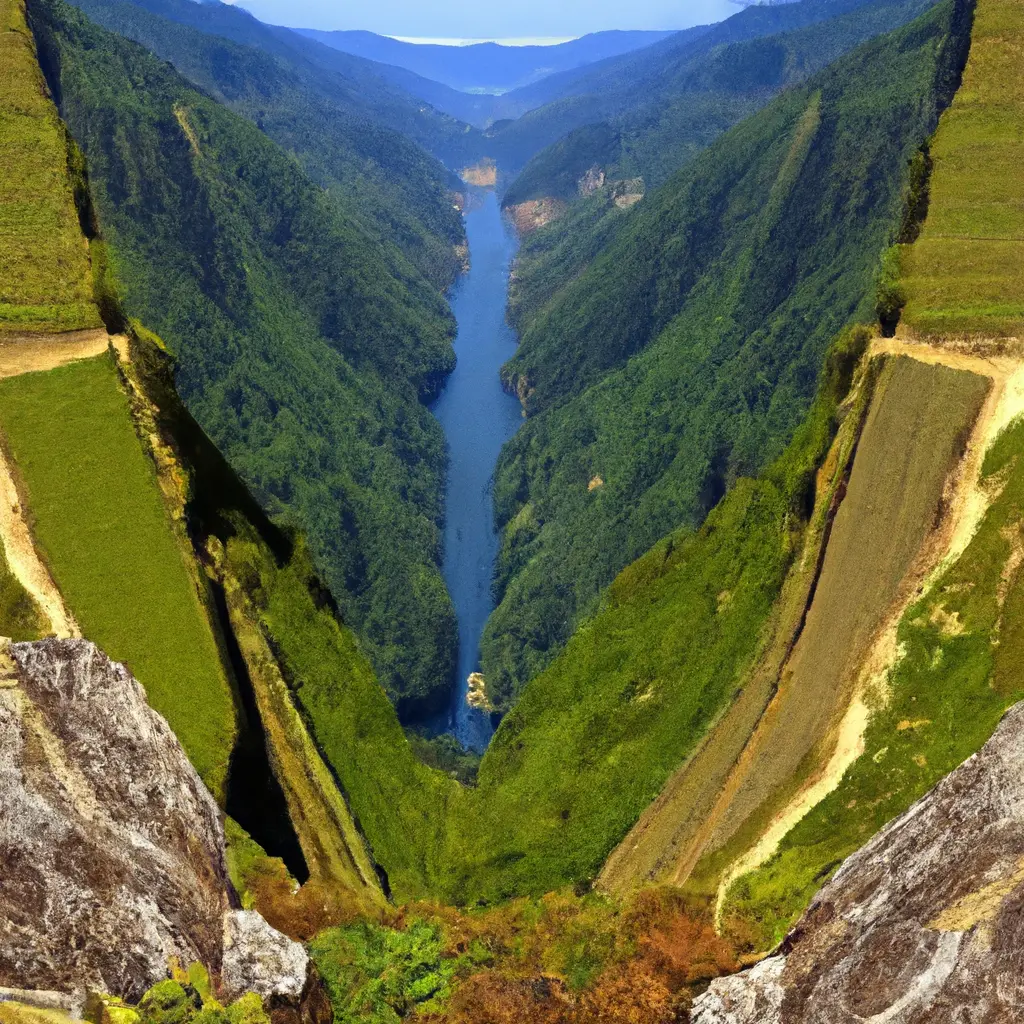Wine Regions of the Atlantic Region Seek Gold | Features:

The new wave of investments in Galicia and Vinho Verde is causing historical changes on the green edge of Spain and Portugal.
Luis Cerdeira, a winemaker for the Portuguese wine producer Soalheiro, looks at the neighboring vineyards of the Spanish producer Vega Sicilia and shrugs. Soalheiro has been producing wines from the Alvarinho grape variety (Albariño in Spanish) for over40 years, but Cerdeira is not worried about the influx of new investors in the areas where Alvarinho grows, on the border of Portugal and Spain, on both sides of the Minho River. "Our neighbors are not our competitors. In the US, for example, our competition is the spread of other white wines like Sauvignon Blanc, Chenin, and Riesling," says Cerdeira. "The big producers who have come here are creating additional value, it's a positive trend towards premiumization."
Soalheiro is located in the Monsaño and Melgasu sub-region, where about 75% of Alvarinho's acreage in the Vino Verde region is planted. Competition here has increased following the acquisition of large producers by Douro wineries including Symington Family Estates, Fladgate Partnership and Falua.
Across the Minho River in Spain, Vega Sicilia, Familia Torres, CVNE, Matarromera, Sherpa Capital, owner of producer Terra Cellars, and Hijos J Rivera, owner of giant beer brand Estrella Galicia, have acquired seven Galician wineries in the last 18 months. "The emergence of major wine industry players in Rias Baixas, which is mainly due to climate change, has had a positive impact on the Spanish side of the border.

In May this year, Mendes entered into a joint venture with Dora giant Symington Family Estates, which acquired the historic 27.5-hectare Casa de Rodas winery in December 2022. Mendes' Contacto wine is part of the joint venture. The development of wine styles on both sides of the Minho shows how a wave of interest and increased competition among producers has led to more experimentation, with the aim of achieving greater precision in winemaking, and the use of different production and aging methods.
Mendez says that Monsaño and Melgasu and the neighboring sub-region of Rias Baixas, Condado de Tea, share the same microclimate, allowing producers to create more complex and deeper wines with more body, compared to the more acidic and fruity wines from the Albariño variety produced in Rias Baixas areas closer to the Atlantic Ocean. Unlike inland producers, Rias Baixas producers closer to the coast are known for using mololactic fermentation to reduce acidity levels, although in recent warm years some producers have decided to reduce or discontinue this practice. The cheaper younger wines of Vino Verde, with the exception of Monsaño and Melgasu Alvarinho, have traditionally been light and sparkling, but in recent years they have become more balanced and concentrated with less residual sugar.
Comment
Popular Posts
Popular Offers

Subscribe to the newsletter from Hatamatata.com!
Subscribe to the newsletter from Hatamatata.com!
I agree to the processing of personal data and confidentiality rules of Hatamatata













